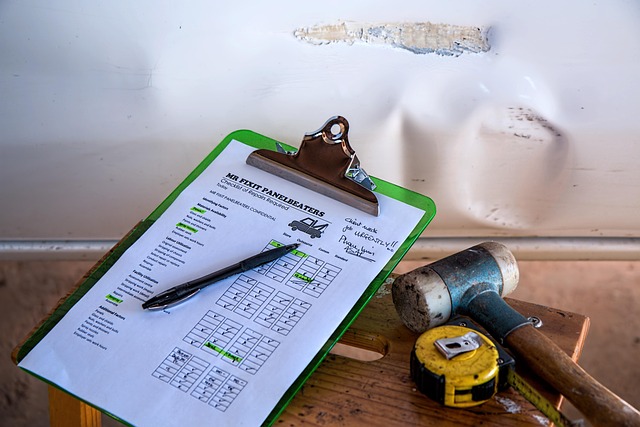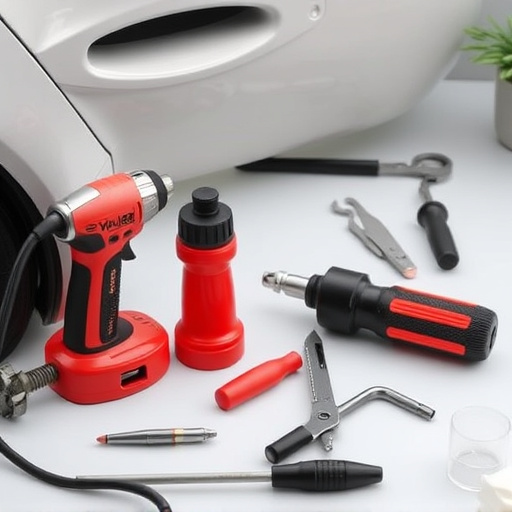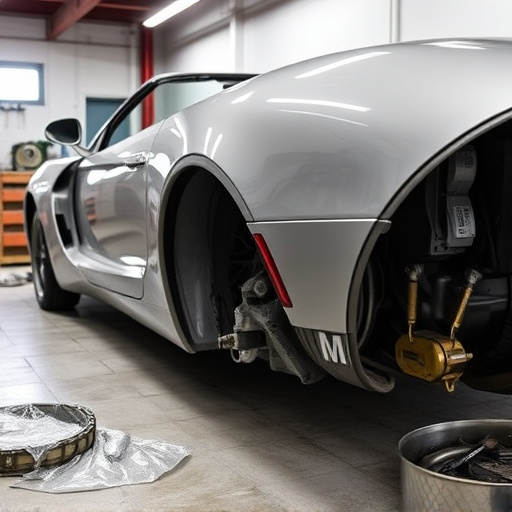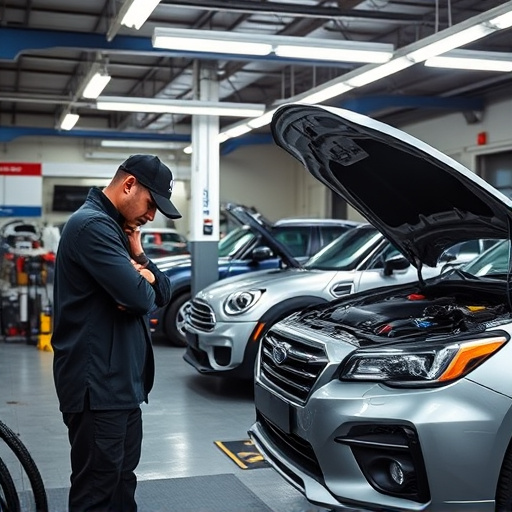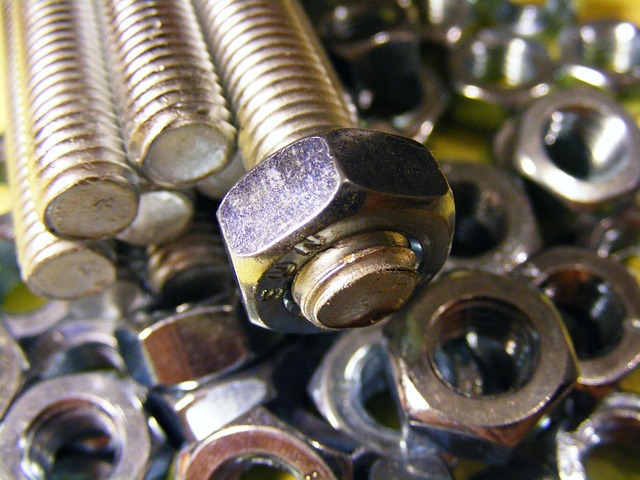Before a post-repair insurance inspection, gather repair docs, understand policy clauses, and maintain open communication with technicians. After, review inspector's findings, file an insurance claim with relevant docs, and be ready for potential adjustments to estimates.
Navigating a post-repair insurance inspection can seem daunting, but with preparation and knowledge, you can ensure a smooth process. This comprehensive guide walks you through every step of successfully navigating these crucial checks. From preparing essential documentation to understanding your insurance policy, we provide practical tips for guiding technicians and asking insightful questions. Learn how to review findings accurately, file claims efficiently, and be ready for potential adjustments post-inspection.
- Prepare for Inspection: Gather Documentation, Know Your Policy
- During the Inspection: Guide Technicians, Be Present, Ask Questions
- Post-Inspection: Review Findings, File a Claim, Expect Adjustments
Prepare for Inspection: Gather Documentation, Know Your Policy
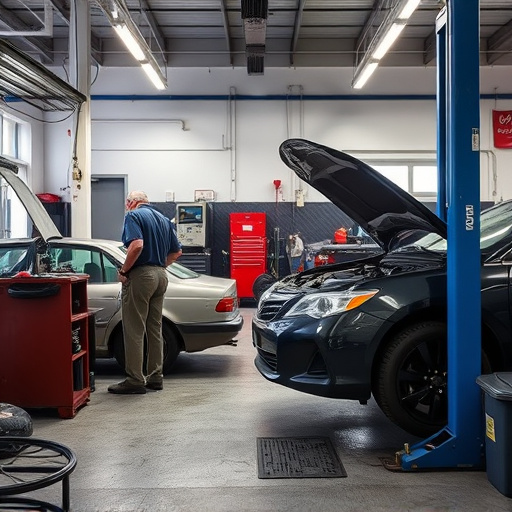
Before your post-repair insurance inspection takes place, it’s crucial to be prepared. Start by gathering all relevant documentation related to the repair process and the damages incurred. This includes estimates from auto body repair shops, invoices for parts replaced, and any photographs documenting the before-and-after of the repairs. Having these documents ready demonstrates your thoroughness and facilitates a smoother inspection process.
Ensure you thoroughly understand your insurance policy, specifically the clauses related to post-repair inspections and coverage for collision repair services or fleet repair services (if applicable). Knowing what is expected of you by your insurer can help alleviate anxiety and ensure you’re meeting all necessary requirements. This proactive approach will not only make the inspection successful but also potentially expedite any claims or adjustments moving forward.
During the Inspection: Guide Technicians, Be Present, Ask Questions
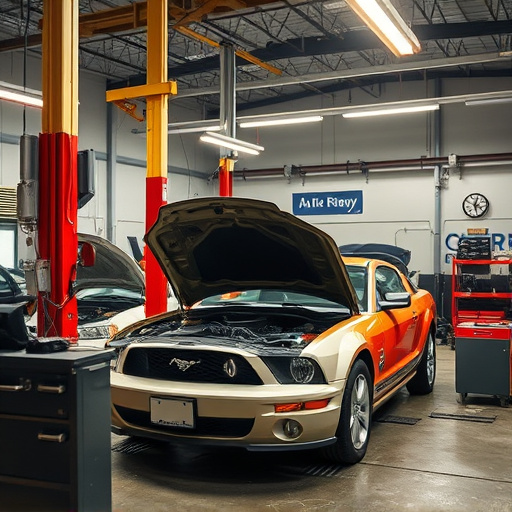
During the post-repair insurance inspection process, it’s crucial to maintain a collaborative and informed environment. Guide the technicians by clearly communicating your expectations and providing them with access to all relevant information about the auto maintenance or car restoration work performed. Your presence throughout the inspection ensures transparency and helps address any concerns promptly.
Engage actively in the process by asking questions about the assessment. This not only shows your interest but also allows you to better understand the technician’s findings. Inquire about specific details related to the repair work, such as materials used, techniques applied, and any deviations from the original auto body work. Being involved enables you to make informed decisions regarding the outcome of the inspection.
Post-Inspection: Review Findings, File a Claim, Expect Adjustments
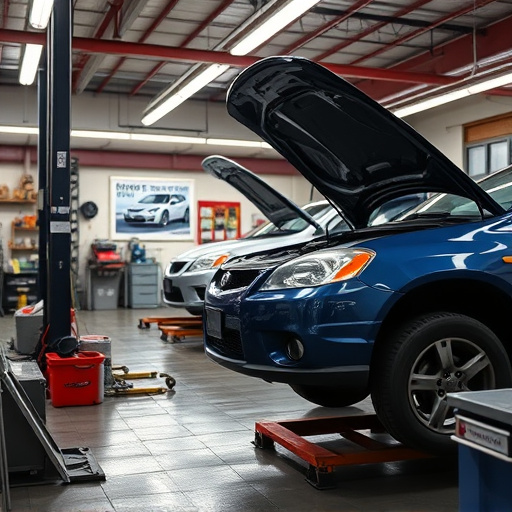
After the post-repair insurance inspection, the next crucial step is to thoroughly review the findings documented by the inspector. This involves closely examining the report for any discrepancies or additional details that may be relevant to your car collision repair. It’s important to understand what repairs were approved and which ones might require adjustments based on the assessment.
Once you have a clear understanding of the inspection results, file a claim with your insurance provider. Provide all necessary documentation, including the inspector’s report and any supporting evidence related to your Mercedes Benz repair or car body repair work. Be prepared for potential adjustments; insurance companies often review claims and may require further justification or modifications to the initial estimate, especially in complex cases.
Navigating a post-repair insurance inspection successfully requires preparation and clear communication. By gathering all relevant documentation, understanding your policy coverage, guiding technicians effectively, and actively participating in the process, you can ensure a smooth evaluation of the repair work. Remember to review the findings meticulously, file a claim promptly, and be prepared for adjustments – it’s these crucial steps that lead to a successful resolution following a repair.


